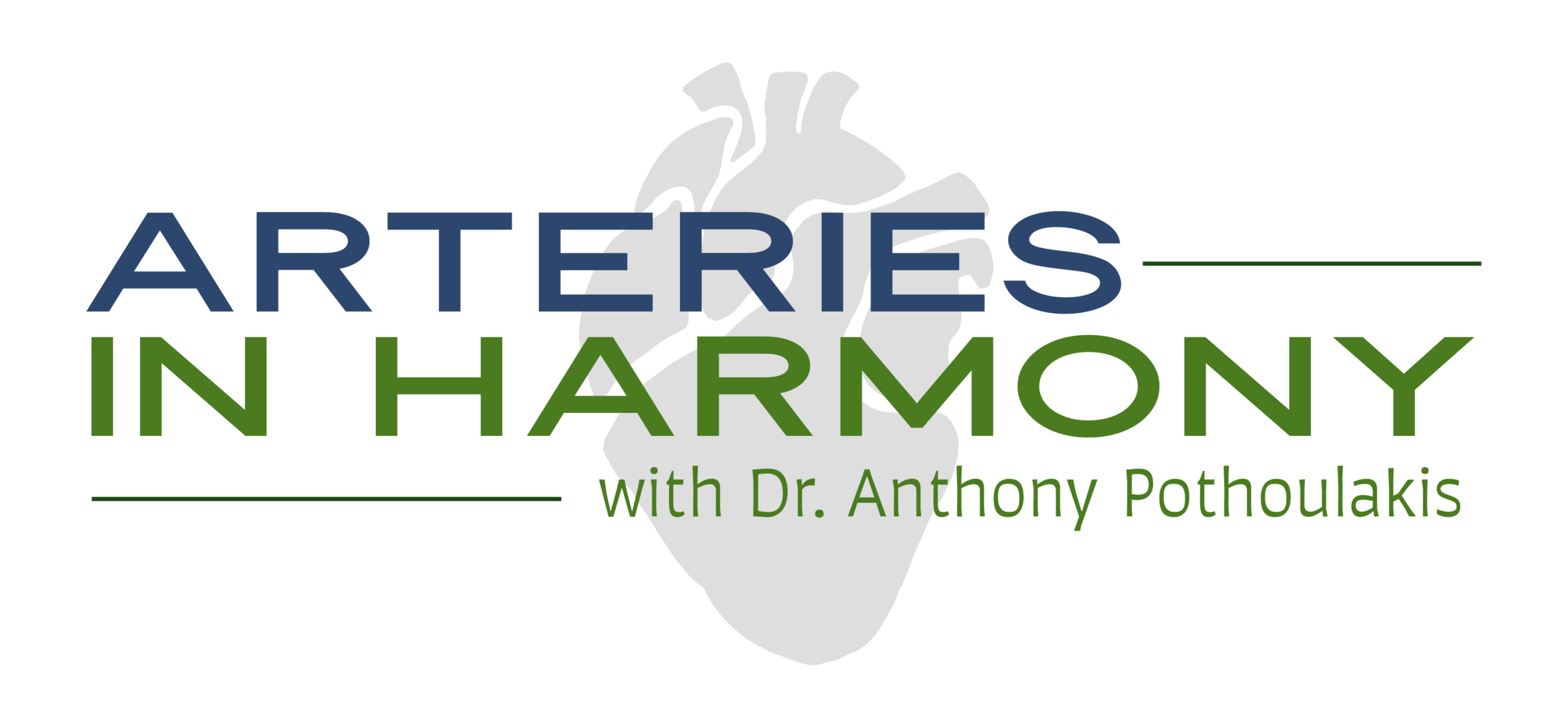All About AFIB (Atrial Fibrillation)
Our heart pushes about 2-3 ounces of oxygen-rich blood to our entire body with every pulse. It is an extremely complex organ but here we will try to view it as simply as possible. So, think of the heart as a two-story townhouse with two rooms on the upper floor (left and right atria) and two rooms on the lower (left and right ventricles). You might have noticed that I start with the left side (atrium or ventricle) and then mention the right. This is because the left side is the prominent and most important one: it is the part of the heart that has the tough job of sending blood from the heart to the most distant parts and cells of our body, while the right has a much easier job, merely sending blood to the nearby lungs.
The heart is an amazing and complex organ, working hard to keep us alive, even as we sleep.
So, as far as the heart is concerned, the left part is the important one. It’s the main pump of the heart, doing 90% of the work. When someone has a heart attack, for example, it’s the left side of the heart that suffers. The left side of the heart consists of the mechanically weaker left atrium (that simply receives and accommodates the incoming oxygen-rich blood from the lungs) and the much stronger left ventricle. The muscular and strong left ventricle forcefully contracts with each heartbeat and sends its oxygen-rich blood all over our body!
The left atrium, as compared to the left ventricle, has thin walls and little muscle but has a very important role in how the heart creates and conducts electricity. Electricity in the heart goes hand in hand with a mechanical squeeze and no electricity means no pumping: without the electrical activation in the heart, the ventricle cannot squeeze and pump blood. In instances when the electricity in the heart is slow, a pacemaker may become necessary to support the failing electrical function of the heart; as we mentioned above “no electricity means no pumping”.
In AFIB (Atrial Fibrillation), something different happens. It’s not that the electrical current is low or nonexistent. It is actually the opposite -- there is too much too frequent electricity that tries to activate the heart 500 times per minute. The upper chambers (atria) start quivering at 300, 400, 500 times a minute. That’s too fast and counterproductive! The good news is that the heart has a gatekeeper, called the AV node, that will not allow this crazy fast heart rhythm to come to the ventricles -- there is no way that the ventricles could squeeze that rapidly and be filled with incoming blood from the lugs in between. When you force a heart to contract that rapidly, you take away its capacity to function, as it cannot fill with blood properly in between its contractions. It takes about half a second of quietness and relaxation for the heart to adequately fill with blood. So, forcing the heart to beat 500 times a minute gives it no opportunity to relax in between, no opportunity to adequately fill with blood and no opportunity to squeeze enough blood to the rest of the body when it contracts. In atrial fibrillation the ventricles are not allowed to fill to optimal capacity and their efficiency is reduced by about 30-40%.
But there is an even worse problem with AFIB and this is its potential to cause a stroke. How does AFIB cause a stroke? In the atria, that rapid quivering causes the heart to beat irregularly and flimsy as there is no organized contraction. The blood in the atria, instead of being placed in regular motion, quivers, and moves slowly. When blood isn’t set in regular motion, it thinks that we are bleeding and forms a clot to stop this “bleeding”. But this clot, instead of plugging an artery hole it moves around in the blood circulation and may end up in the brain and within three minutes... we have a stroke. It takes a clot as small as 1 mm to cause this problem.
Having AFIB increases our risk for stroke by 5 times, which is dangerous if we are older since the risk of stroke also increases with age. (This is why it’s common for doctors to prescribe their patients who are 60-65 years or older with blood thinners if they are eligible.) Strokes are the 5th leading cause of death in the US.
What causes AFIB? Aging is a prime factor. With age, there is a lot of wear and tear in our cardiovascular system and scar tissue or fat sets around the normal atrial cells, altering their electrical behavior and causing atrial fibrillation. Other factors that cause AFIB include high blood pressure, mitral valve disease, obesity, too much alcohol, even hyperactive thyroid -- anything that increases the tone of the sympathetic system (think: adrenaline). We can even see AFIB in younger men during the heavy consumption of alcohol! Other occasions when AFIB can occur include obstructive sleep apnea, pneumonia or after open-heart surgery.
AFIB is becoming more and more common in our population. One in ten individuals above the age of 65 have AFIB, so it’s extremely important that we do what we can to prevent it (who would like to take blood thinners for the rest of their life?) and take care of our health assets in the best way possible.
To your health,
Dr. Anthony

